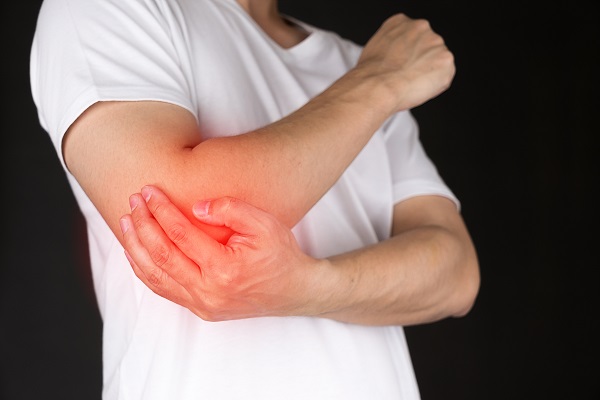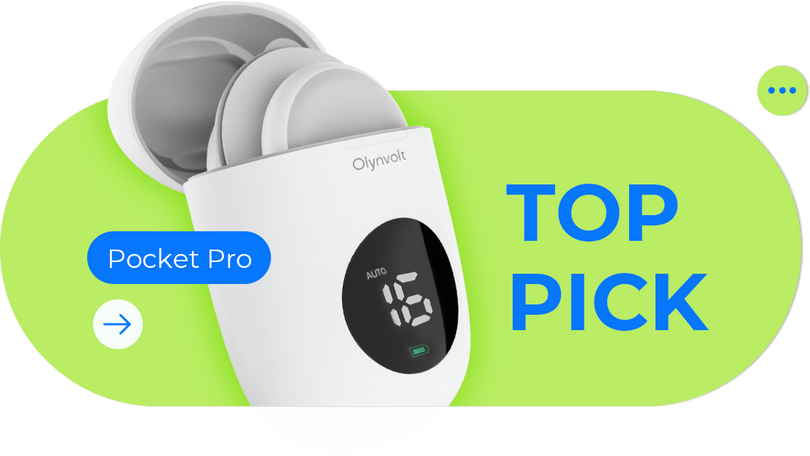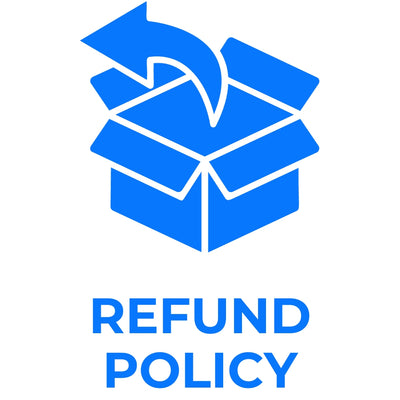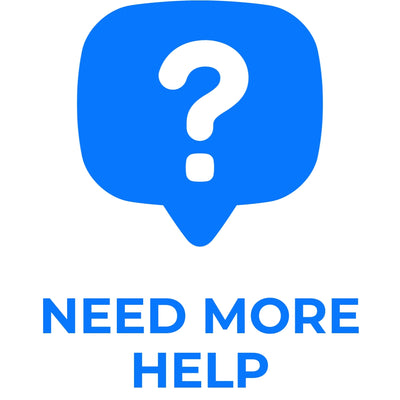Some people call it “tennis elbow,” and others call it “golfer’s elbow,” but one thing is for sure, this sharp pain affects more than just tennis and golf players. The medical name for this condition is lateral epicondylitis, and as its nicknames suggest, it affects the elbow area.

What causes tennis elbow?
When it comes to causes of tennis elbow, effort and strain are the main culprits. This pain condition happens as a result of the elbow tendons becoming overloaded from repeated movements of the wrist and forearm, hence the connection to playing tennis. However, tennis players are not the only ones affected by it.
If you’ve ever felt pain on your elbow or forearm as a result of using a screwdriver for too long, you are familiar with what tennis elbow feels like.
What does tennis elbow feels like?
Tennis elbow causes sharp pain, especially on the outside of the elbow (flexion and forearm area). This pain usually happens suddenly and not gradually. The pain is exacerbated when the forearm is moved in and out, engaged in fine mechanical activity (like sewing), and rotary actions (such as opening bottle stoppers). Sometimes, you will feel that you cannot completely straighten your hand.
How is tennis elbow diagnosed?
Not all pain in the elbow means that you have tennis elbow. However, non-transient pain will require a medical examination and diagnosis. Contact your doctor immediately if there is any swelling, redness, or extreme sensitivity to touch. In some cases, in addition to a physical examination, your doctor will perform other tests like ultrasounds or imaging tests. A similar type of pain that happens in the innermost part of the elbow is called “golfer’s elbow.”
How long does tennis elbow last?
Tennis elbow can go away in the same way it appeared, suddenly. Most people who do not require medical intervention will recover from tennis elbow in anywhere from 4 to 12 months, with only a minority of cases lasting two years or more. However, even if you have recovered, the syndrome may return in the future.
How is tennis elbow treated? Is there any advanced instrumentation that can help?
As is the case with many other orthopedic problems, resting will significantly improve your pain. It is important to remember, however, that resting doesn’t mean lying in bed for prolonged periods of time; instead, try to move the area gently while being mindful of your pain, so you don’t push yourself too far. Sometimes, it’s also helpful to place cold compresses on the painful area several times a day. Physical therapy will also help you to strengthen your muscles and alleviate pain.
There are cases where steroid injections are needed, and only in extreme conditions will surgery be required (the effectiveness of which is controversial). Ignoring the problem can cause chronic inflammation and ongoing complications.
Tennis elbow can also be alleviated with the help of at-home pain relief devices, which use advanced pain-relieving technologies. The most effective at-home pain-relieving tool is “Olynvolt™ Pocket;” a compact and easy to use pain management device.
How can I prevent tennis elbow in the future?
As already mentioned, if repeated actions are required, dedicated braces should be used for support. Strengthening the forearm and elbow muscles with physical therapy or exercise is can also be very helpful.







